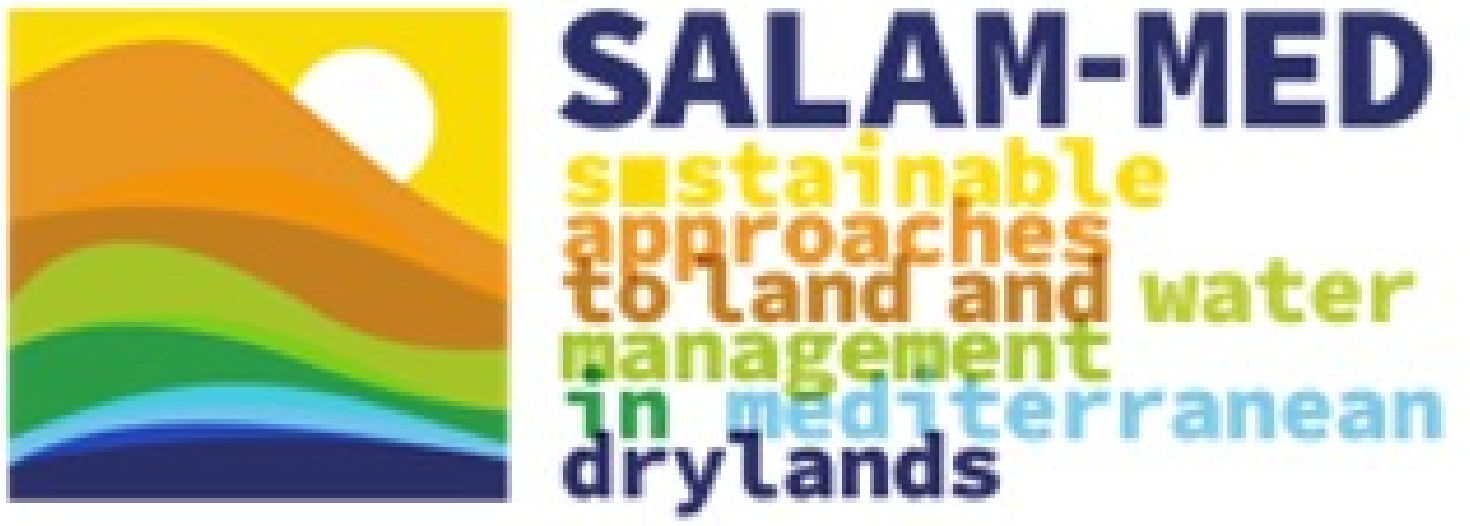The solution
GPS technology allows farmers to track the position and movement patterns of grazing animals. This data helps optimize pasture management by identifying grazing intensity, movement routes, and resting areas. Combined with geofencing, farmers can define virtual boundaries to monitor the access to specific areas, improving forage use efficiency, guiding grazing distribution, and supporting more sustainable and informed livestock management.
Objectives of the project
In this study, GPS collars were used to monitor donkeys on pasture, collecting location data at regular intervals. By analyzing movement patterns and activity levels, researchers assessed how animals interact with different grazing areas. This practical approach supports data-driven decisions in pasture rotation, animal welfare, and land management, offering a valuable tool for precision livestock farming.
Ecological context
This technology can be applied across several ecological contexts, including rangelands, alpine pastures, silvopastoral systems, and semi-arid regions. GPS and geofencing support adaptive management in areas with either variable forage availability or sensitive habitats.
Main constraints
The use of GPS technology in grazing management faces some constraints. These include the high cost of devices, limited battery life, and the need for reliable data transmission in remote areas. Additionally, processing and analyzing large volumes of spatial data requires technical skills and specialized software, which may not be readily available to all farmers.
Main business opportunities
The use of GPS and geofencing for grazing management can improve productivity through optimized grazing, reducing labor costs, and enhancing animal health monitoring. Data collected can support certification for sustainable practices and attract sustainable consumer segments.
Socio-economic context
This practical solution can be applied in various socio-economic contexts, including: (i) Small to medium-sized farms: Farmers looking to optimize pasture management with limited labor resources can benefit from GPS and geofencing technologies to improve efficiency and sustainability; (ii) Developing regions: In areas where grazing is prevalent, this technology can help improve livestock productivity; (iii) Sustainable agriculture: use this technlogy for sustainable practices.
Information to maximize the adoption
To maximize adoption, key factors include user-friendly systems, minimal technical expertise required, and proven effectiveness in improving grazing management. This technology is reliable, and adaptable to different farm types. Additionally, demonstrating positive environmental impacts and addressing any potential drawbacks, such as poor connectivity or animal stress, is crucial for encouraging widespread use.



